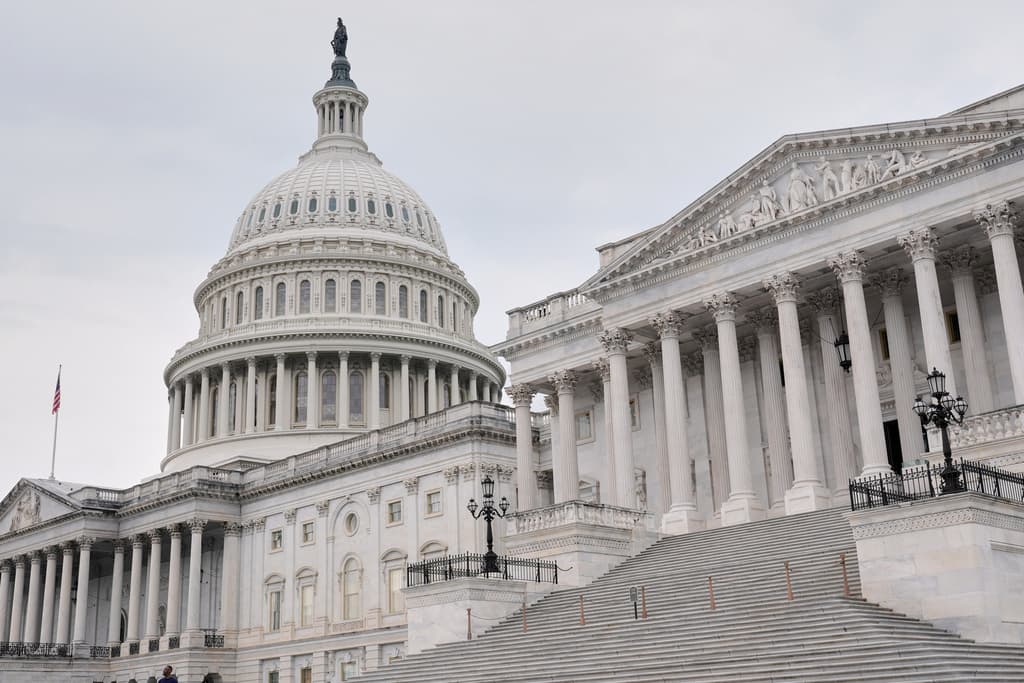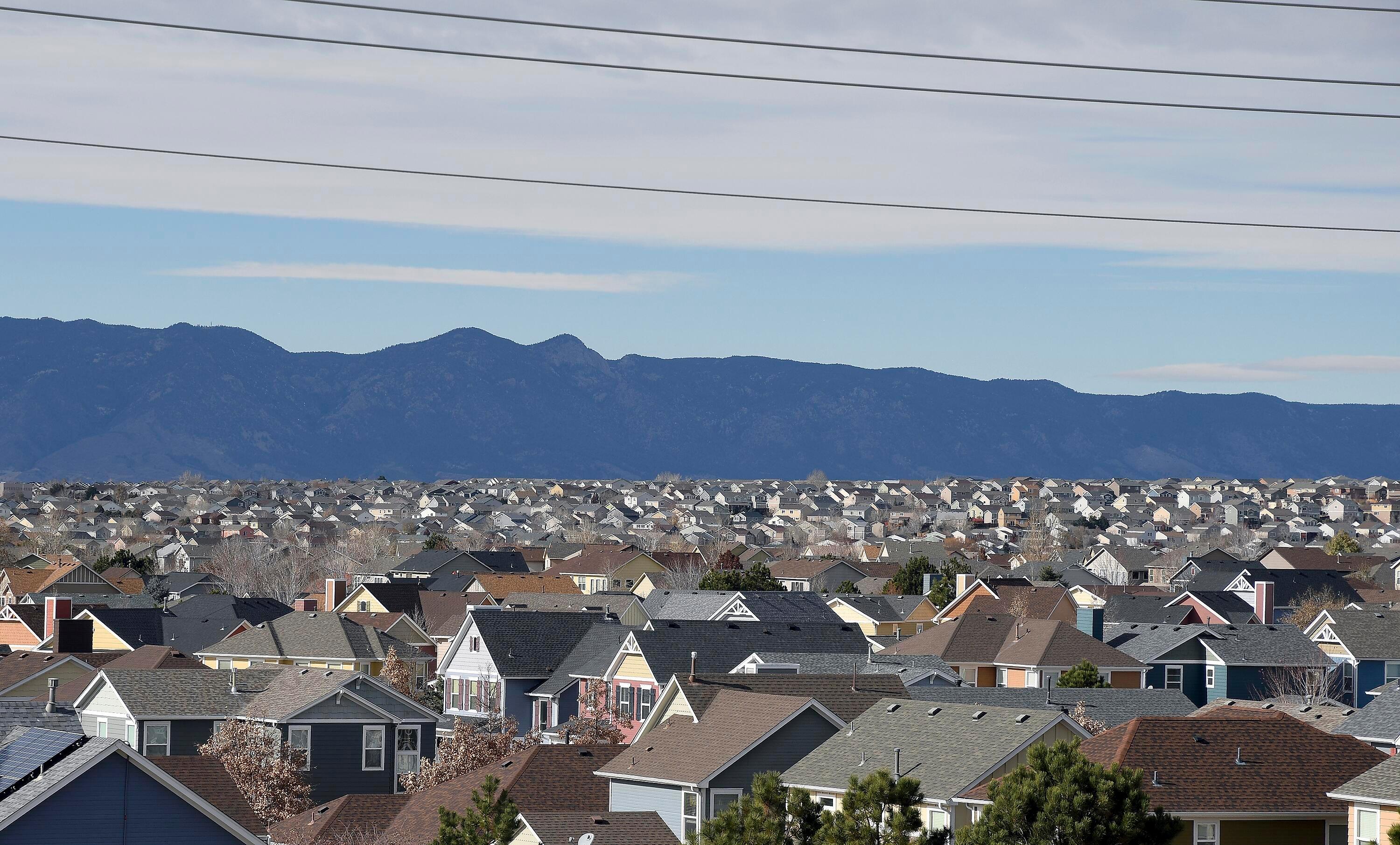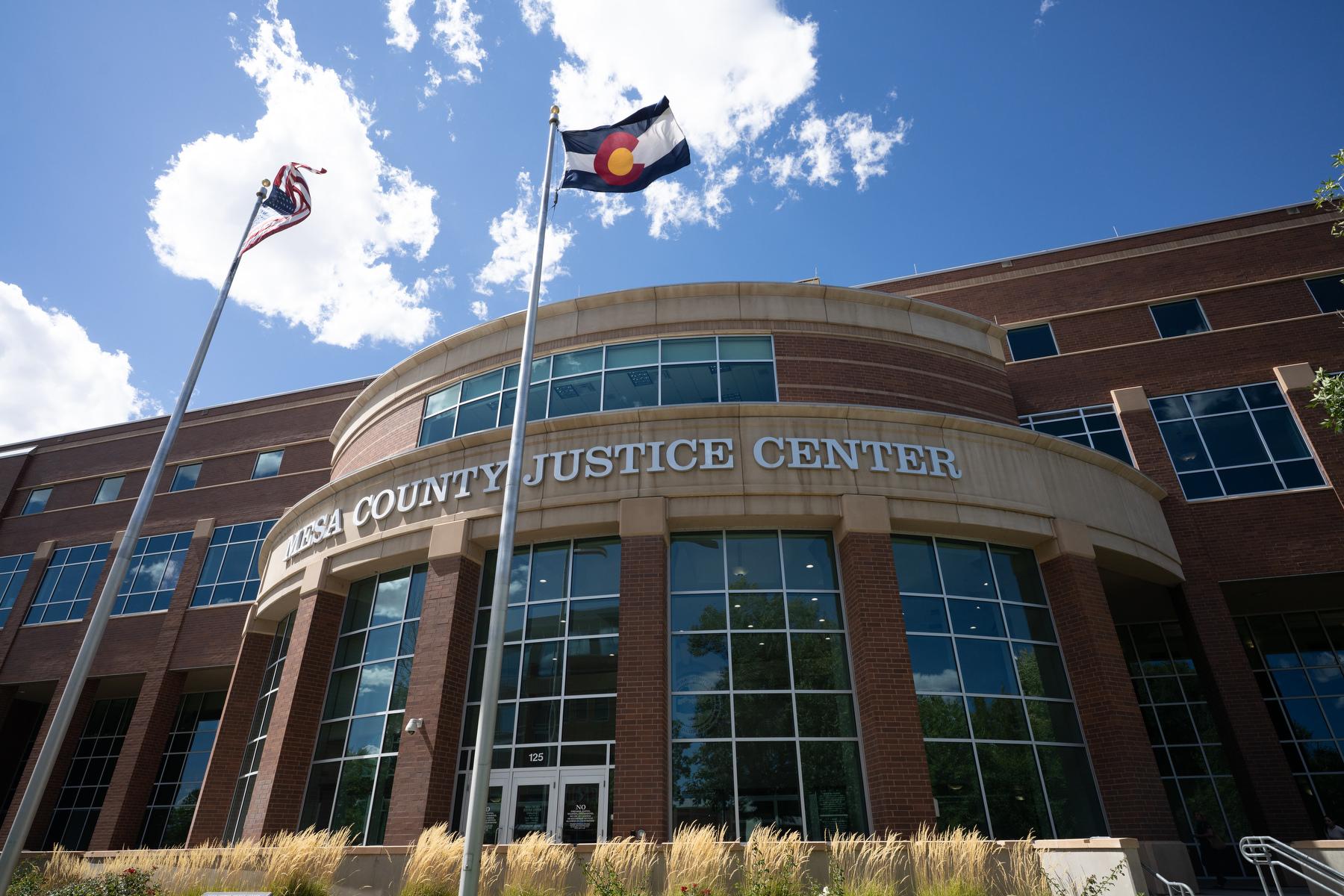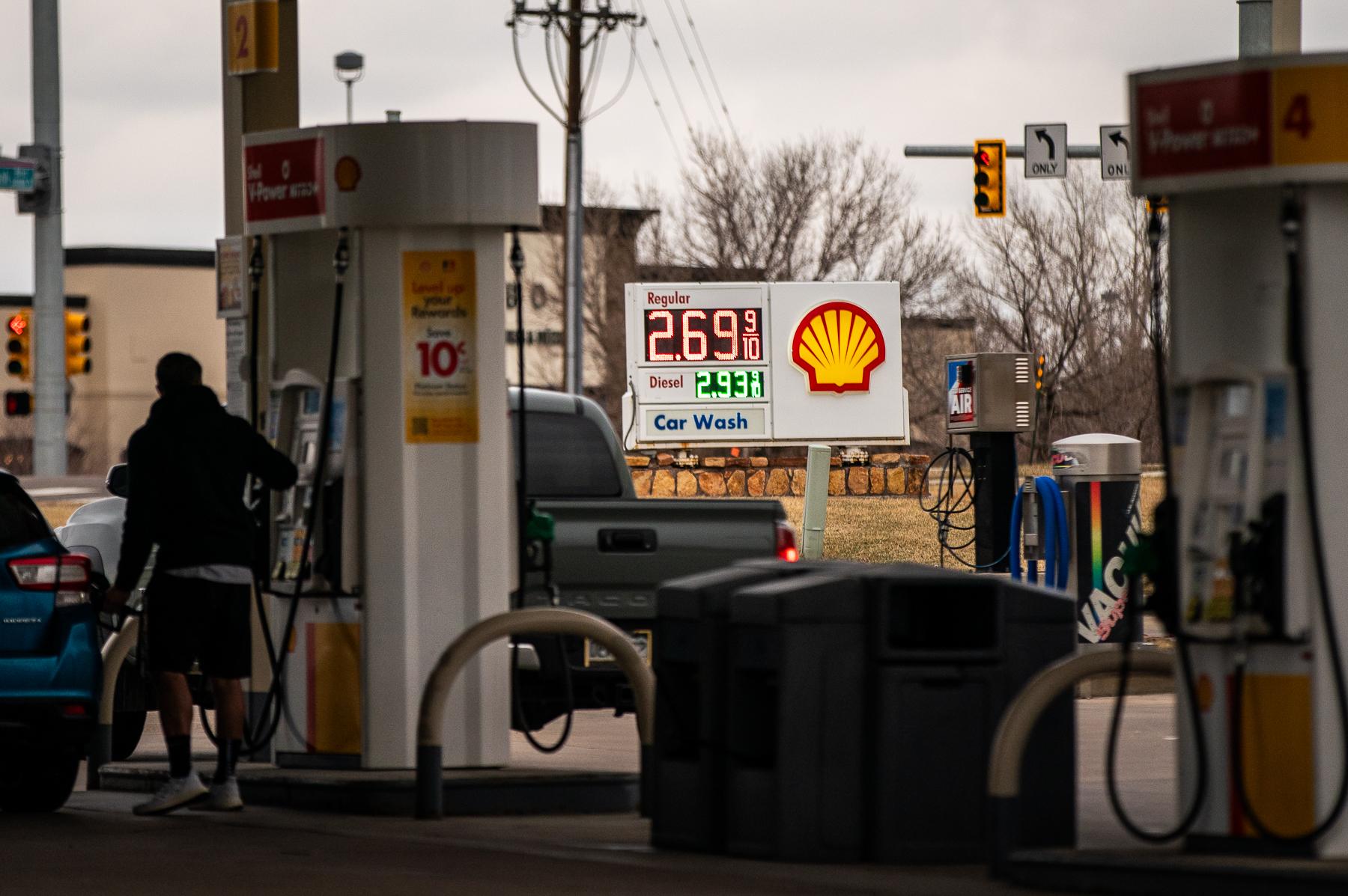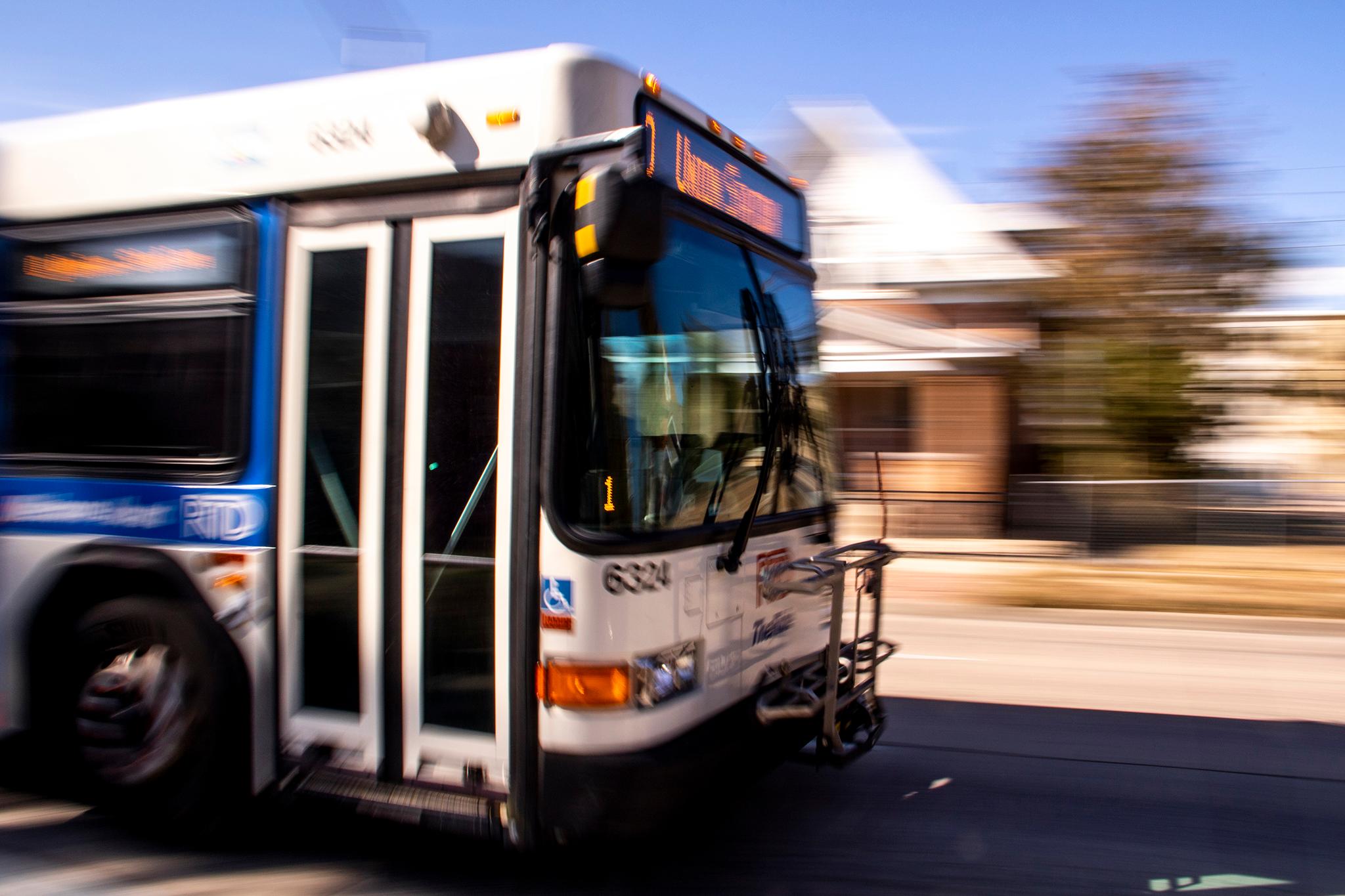
Updated at 7:39 p.m. on July 25, 2023.
The Regional Transportation District's Board of Directors cut fares for the first time in decades, passing RTD's new fare structure unanimously at its board meeting Tuesday. The new structure includes a pilot program making fares free for youth under the age of 19 through August of 2024, expanded eligibility and lower costs for low-income riders and a number of other measures cutting and simplifying fares. Many board members called the new fares "historic."
"It was nearly three years ago when I ventured out here and I needed a decoder ring to figure out these fares," said RTD CEO Debra Johnson. "It was paramount that we brought into this room, which is the boardroom, the voice from the bus stop... we wanted more robust engagement that I believe has yielded a stellar structure that focuses on three main goals: equity, simplicity and affordability. So thank you very much for trusting me to shepherd this endeavor."
RTD said it expects the new fares to increase ridership but lower revenue, and that RTD is looking into other supplemental revenue streams, though it's unclear what that might look like. The new fares will go into effect next year.
The original story continues below.
A ride on the Regional Transportation District’s buses and trains is temporarily free this summer. It’s likely to soon become cheaper over the long-run, too.
On Tuesday, RTD’s Board of Directors is poised to approve an overhaul that will, for many passengers, make it dramatically cheaper to ride. If approved, the changes would go into effect early next year.
“This has never happened before,” board member Doug Tisdale said during a committee meeting earlier this month. “The RTD is looking at reducing fares, not increasing fares. It is monumental in its impact.”
RTD’s press office provided historical fare data going back to 1990 that supported Tisdale’s claim (with only one minor exception). Different types of fares have come and gone, but they’ve consistently gotten more expensive.
The new fare structure, spearheaded in 2021 by then-new CEO and General Manager Debra Johnson, unwinds some of those increases — and is simpler too.
Here’s what full-priced fares look like today:
And here are the proposed changes:
If approved, the price of monthly passes would drop by more than half to just $88. Three-hour and day passes would see smaller declines. Local and regional fares would be combined into a new “standard” fare that will result in longer rides being cheaper than they are today.
Fares for Access-A-Ride, the service for people with disabilities, would be lowered, too. Rides for passengers age 19 and under would be made free — at least temporarily, through August 2024 — under a new “Zero Fare for Youth” program that the agency hopes to make permanent if it can find external funding.
The proposal would also expand discounts for low-income riders. Enrollees in the agency’s “LiVE” program would see discounts jump from 40 percent to 50 percent, and the income threshold would be bumped up to 250 percent of the federal poverty level.
RTD staff would also try to increase enrollment in the LiVE program, and would give $1 million worth of transit passes yearly to homeless service providers and other nonprofits. Nonprofits have criticized the LiVE discounts for being difficult to access, but one called the proposed changes “good news.”
“We are glad to see that RTD is moving in the direction of allowing more people to access the benefit and use public transit,” said Cathy Alderman, spokeswoman for the Colorado Coalition for the Homeless.
Riders that qualify for any discount fare program — seniors, people with disabilities, Medicare recipients, or LiVE — would see more price drops. The discounted monthly pass would cost just $27.
Riders who buy one-off fares, especially with cash, would see a relatively small drop: A $3 three-hour pass, for example, would drop by just a quarter to $2.75. RTD says about 20 percent of the people that buy full-priced three-hour passes are low-income.
Staff say they hope such passengers will open a MyRide account, which allows users to pay through RTD’s mobile app or a smartcard. That system caps fares — once a certain number of day passes are purchased, for example, RTD automatically upgrades the user to an unlimited monthly pass.
MyRide accounts can be funded easily with a credit card through the mobile app. But the only way to fund them with cash is to visit one of RTD’s four sales outlets. The agency plans to allow that at other retailers sometime in the future.
“The ability for customers to load cash into their MyRide accounts is critical for promoting equitable access,” reads a lengthy equity analysis of RTD’s fare changes.
More details on the fare changes are available on RTD’s website.
Most board members have said they support the proposed fare changes.
A board committee that included seven of the board’s 15 members gave the proposal its unanimous endorsement earlier this month. CPR News asked every board member this week whether they will vote for the proposal; a majority said yes.
“I can’t imagine anything but a unanimous vote,” board member Marjorie Sloan of Golden said in a phone interview.
“It’s a huge win for RTD, our customers, and the region,” added board chair Lynn Guissinger of Boulder.
Transit advocates say they support the plan too, and hope it will encourage more ridership.
“We commend RTD staff and leadership for their work on this and hope that RTD will continue their work to lower barriers to using transit by advocating for more funding to increase service frequency,” said Molly McKinley, policy director at the Denver Streets Partnership.
The changes appear to have the support of the riding public, too. RTD held virtual public hearings, in-person open houses in multiple languages, and other community events. They collected hundreds of comments.
“This is SO MUCH BETTTER [sic] than the current structure it's not even funny,” one anonymous comment read.
RTD projects that the fare changes will increase ridership and decrease revenue.
While it forecasts up to a 13 percent increase in ridership to 74 million trips because of the proposed fare changes, RTD expects fare revenue to decline by about 20 percent to just $61 million in 2024. But the drop would “not have a consequential impact” on RTD’s budget, staff say, because most RTD’s $1 billion-plus in annual revenue comes from a 1 percent sales tax.
“However, for fiscal sustainability reasons, RTD will be seeking in the long-term revenue diversification to offset reduced revenue,” RTD planning project manager Chris Quinn told a board committee in July.
It’s unclear where any new revenue stream might ultimately come from.
If the changes are approved, staff estimate fares will cover just 5 percent of RTD’s operating expenses. But it’s that lack of reliance on fare revenue that’s allowed RTD to avoid the financial “fiscal cliff” facing transit agencies in bigger cities like San Francisco and New York.
RTD’s ongoing driver shortage has precluded it from restoring bus and train service back to pre-pandemic levels. But it’s used some of its excess sales tax revenue to shore up its financial situation, noted board member Erik Davidson of Broomfield.
“We’ve been continually working on stabilizing the agency and being more responsible when we’re thinking about our long-term debt obligations. It’s those types of moves that enable us to think this way,” he said of the proposed fare changes.

